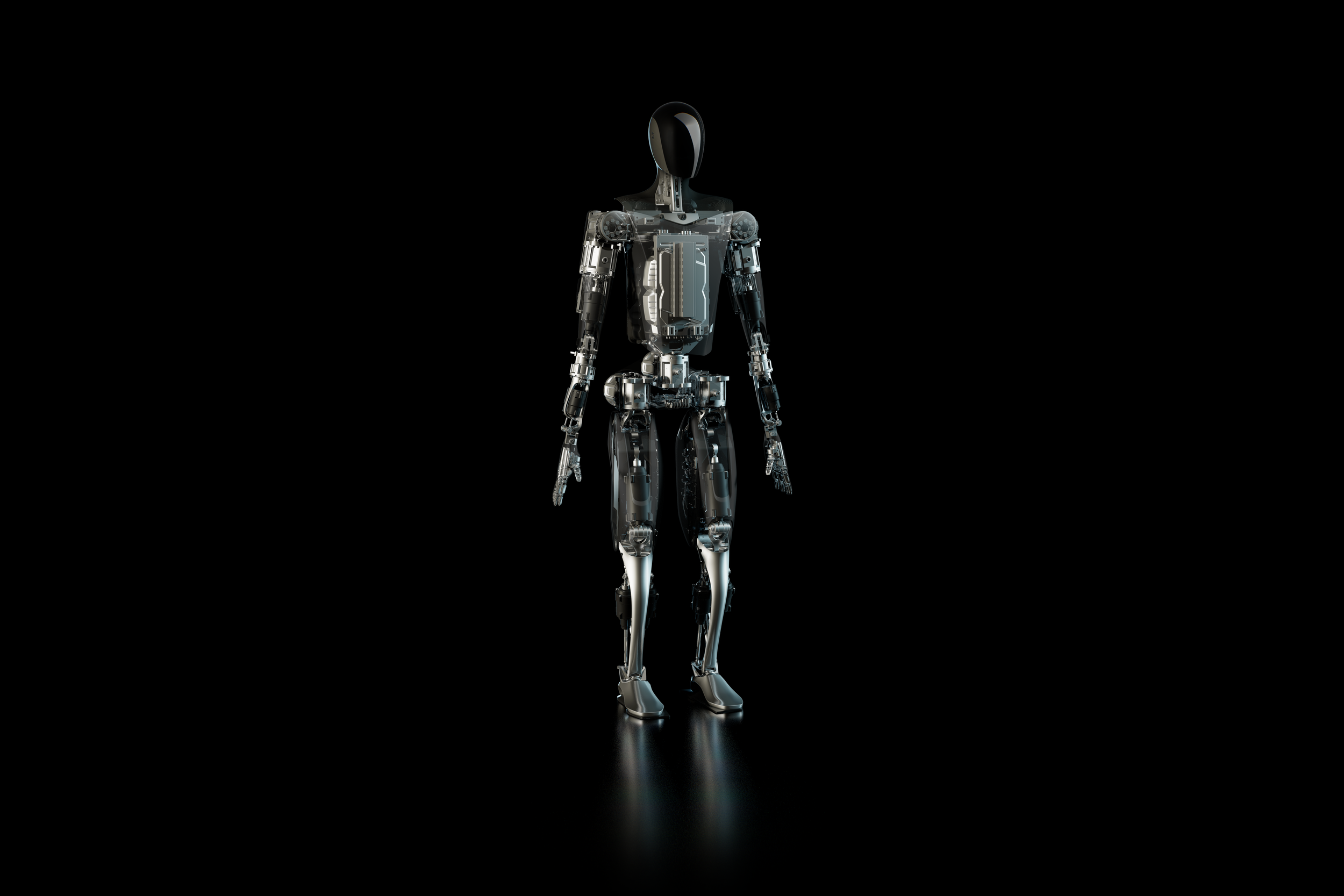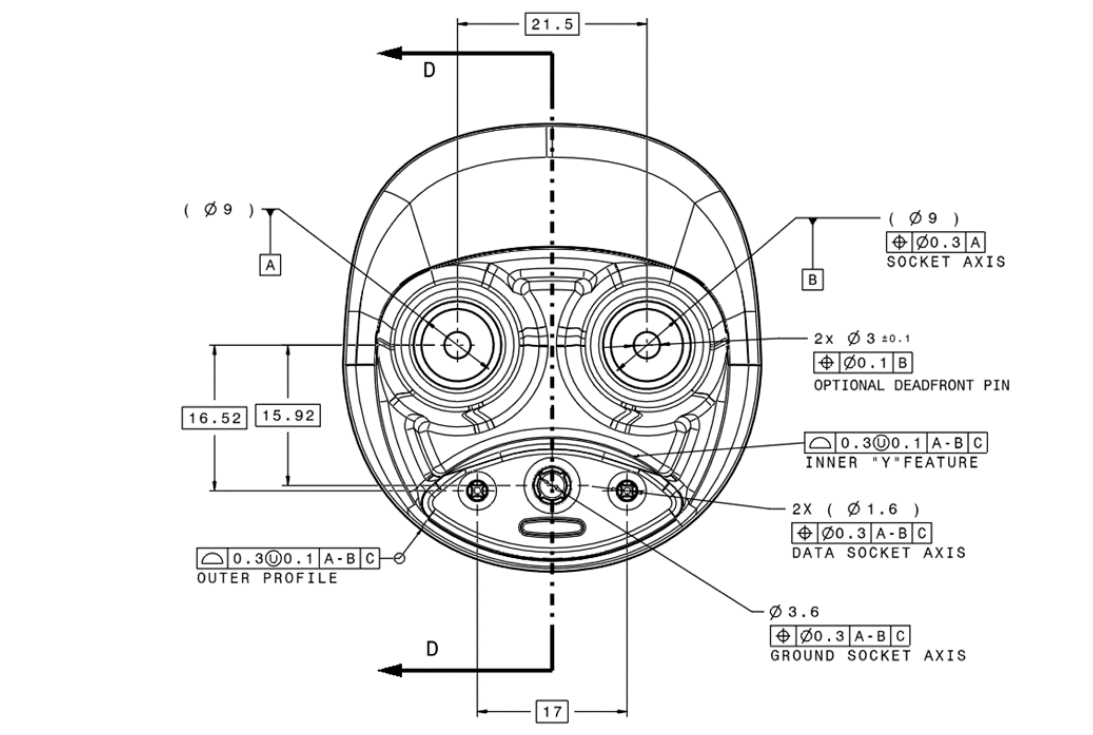A Disingenuous Offer – Tesla’s NACS is Not What it Seems
By Phil Royle — Nov. 14, 2022
It’s taking incredible self-restraint not to call Tesla’s NACS “standard” a sham – a hollow offering that merely benefits Tesla. Make no mistake, Tesla’s goals are not altruistic. Rather, its naming of, and encouraging others to adopt, its North American Charging Standard (NACS) EV connector is likely designed to make Tesla money while sowing uncertainty within the EV market. It is unlikely the introduction of its self-named charging “standard” will help grow the EV market in the U.S. It will, more than likely, hinder it if other companies take the bait.
People will often point to Tesla’s profits as a key indicator of the company’s success, and that its recent action with NACS is actually selfless. To that, I contend that Tesla is actually floundering.
By automotive standards, its cars are visually long in the tooth with no signs of a makeover on the horizon. The company has also promised many vehicles that have yet to materialize. The Cybertruck was teased in 2012 and 2014, then announced in 2019 with a 2021 production target. Today, Tesla is claiming mid-2023 for the start of Cybertruck production. The Semi was announced in 2017 with a projected production year of 2019. That came and went, as well. And let’s not talk about the second coming of the Roadster that was announced alongside the Semi – because even Tesla doesn’t talk about it.
Tesla has long operated on fantastical announcements and (eventual) follow-through to build its business. The original Roadster was a breakthrough. The Model S was a potent proof of concept. The Model 3 was a game changer. The Model Y is a vehicle people can’t buy enough of. Tesla has utterly transformed the automotive industry with its EVs and accompanying robust Supercharger network. But currently, the company only has a controversial Full Self Driving program to make headlines, plus the promise of robots no one sees a need for – along with a distracted leader desperate to make Twitter profitable. Then to make things worse for Tesla, the automotive competition is coming fast.
The TeslaBot is a confusing piece of machinery — to the point that seemingly nobody but Elon Musk understands its necessity.
For now, let’s ignore the Hyundai Group with its technologically amazing E-GMP vehicles, plus Porsche, Audi, Mercedes-Benz, and Lucid entering the high-end EV market. Those are notable electric vehicles, but Tesla beat them all to market with vehicles that are still competitive. Rivian and Ford, however, hit the market first with EV pickup trucks that consistently receive rave reviews, and this is taking some of the shine from Tesla’s first-mover image since it can’t manage to get the Cybertruck into production. All the positive press is going to the competition, while most of Tesla’s current headlines come from its not-actually-full-self-driving FSD program.
So how does Tesla repair itself before things become dire? From logistical to visual, there are many legitimate answers, but what Tesla is choosing to do instead is sow confusion within the EV market by dubbing its charging connector a “standard” and hoping the rest of the EV industry bites.
Tesla’s now-named North American Charging Standard (NACS) connector is arguably superior in many ways to more bulky alternatives, with Tesla encouraging others to adopt the plug for their EVs.
The Combined Charging System (CCS) is a charging standard – with legitimate standards like CCS being developed by a multitude of experts from varying companies or specialties contributing to the cause. Tesla, in fact, joined CharIN in 2016 to help develop the CCS standard, as did Volvo, Lucid, Toyota, and more. And in Europe, Tesla uses CCS2 on its vehicles (albeit by European Union mandate).
Tesla’s so-called “North American Charging Standard,” meanwhile, was designed by Tesla – but because its charging connector now contains the words “North American” and “Charging Standard” in its name, Tesla undoubtedly hopes it can out-market a real standard in the U.S. that, admittedly, could have benefited from a catchier name.
None of this is to say that CCS1 in America or CCS2 in Europe and other parts of the world is superior in any way to Tesla’s NACS – it is to say that “NACS” is a marketing scheme.
Few will argue that compared to CCS, Tesla’s NACS connector is not elegant or efficient.
What does Tesla have to gain from this aggressive marketing offensive?
For starters, Tesla likely hopes it won’t have to incur the cost of opening up its Superchargers to other EVs through offering CCS compatibility should Tesla desire to cash in on funding from federal (and state) programs.
Next, while CCS is slowly rolling out through third-party companies, Tesla aims to keep its charging dominance.
In its press release regarding NACS, Tesla states that “NACS vehicles outnumber CCS two-to-one, and Tesla's Supercharging network has 60% more NACS posts than all the CCS-equipped networks combined.” If Tesla could convince Electrify America, ChargePoint, and others to include an NACS charging connector along with a CCS connector on every charging station installed, Tesla stands to stunt the growth of CCS while improving its own footprint – all without costing Tesla a dime. With more NACS chargers around, consumers might be more likely to purchase an EV with an NACS connector than one with CCS – and at that point, Tesla might ask consumers why they would buy a “copycat” Honda or Ford with NACS when you could buy the brand that started it all.
Tesla release technical specifications for its EV charging connector, and its specs are impressive. But that doesn’t mean other automakers should adopt it as a standard.
Every EV manufacturer and EVSE maker needs to ignore Tesla’s NACS – something that likely won’t be a problem. Manufacturers all undoubtedly recognize that while Tesla’s NACS is an elegant technological solution to EV charging, it is most certainly not a “standard” with the best interest of the world in mind. At best, Tesla’s NACS announcement is a distraction by Tesla, along the lines of the Roadster and TeslaBot; at worst, it’s an aggravated attempt to stunt the growth of the non-Tesla EV market, in the process hindering EV adoption en masse.
With the release of its NACS charging plug “standard,” Tesla stands to create confusion within the industry, fragmenting the industry while Tesla reaps the benefits. It would be easy to deduce that Tesla’s actions are far from selfless and remarkably anti progress as the world attempts to step from fossil fuels to electric vehicles.
Tesla, you should be better than this.
(Images courtesy Tesla)
- Store - Podcast - Facebook - Google News - Twitter -











